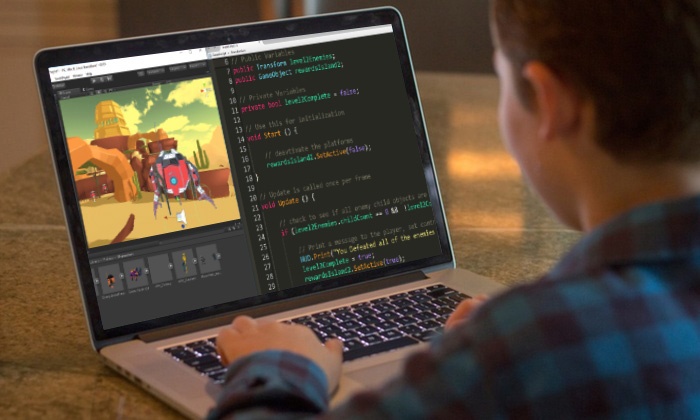A better alternative to using animated GIFs on the web is SVG animation, but it’s not always simple. This will explain how you can use an online animation maker tool called ‘SVGator’ to animate SVGs. One of the most popular animation creators online. This will help you import SVG files. As well as animate individual components inside the SVGs.
A Simple Introduction of SVGator
In the animation editor, you can clone them, erase them, import them, or edit them. If you’ve ever used Adobe Animate, After Effects. Also, another video editing program, the editor UI would be familiar to you. Your animation is the main level. While a timeline displays the layers and keyframes at the bottom.
Home to the Elements tree, the left-hand panel displays the elements inside the SVG. You have few more choices on the right, plus a code editor that shows you the code you are making.
Let’s Start Animating!
Begin by hitting Import New on the dashboard tab. Import your static SVG file and wait as it builds a new project. You will find a drop-down of all the elements found inside the SVG file in the Element panel. Be careful, some are not labeled.

Time to Select an Element and Animate!
Choosing what you want to animate is by clicking on it in Elements List. Another is, by clicking on the element itself on the stage. This will then add a layer to the timeline by hitting the + button next to the object. You can choose whatever log you would like. Based on what fits for you.
Choose an Animator
With our timeline feature attached, we now need to pick an animator from the list. Possibilities open are:
- Rotate
- Position
- Opacity
- Scale
We will hit Rotate upon selecting our part, then we will pick the easing form we want. We can also set this animation’s properties, but we need to build some key frames on the timeline first.
Create certain Keyframes
Add one to your element’s timeline by hitting the + button. Then shift the scrubber (play head) down the timeline. We can edit the rotational properties of our elements. With this, the second is the key frame chosen.
Replicate a Second Cog
Now link another Animator to the smaller cog’s timeline. To finish the animation, do as we do with the first one. You will upload the final SVG ready for use on the web with the animation done.
That is how to animate SVG using SVGator. For the kinds of animation which you might usually switch to GIFs. SVGator provides a quick way to build SVGs. It gives you fine leverage. Aside from that, flexible and super lightweight are the end results. Offer it a go and let us know your thoughts.










